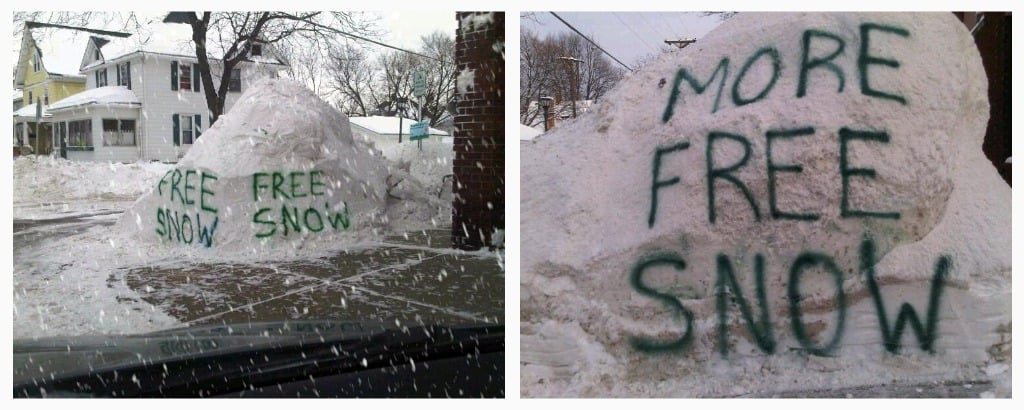A record-breaking snowfall for Minnesota in the month of February is no small deal! At this time of year, and the weather we have been having, is cause to pay attention to impacts to buildings and roofs. With more wet snow on the way, over the next few weeks, we urge you to take action now. Here are a few of the main maintenance tips we would like to share with you.
1. REMOVE EXCESS SNOW
Experts say that more than a foot of packed snow can cause damage to your roof and increase the risk of it collapsing. Snow drifting from the recent snowfalls and blowing snow may cause issues at hi/low building walls and roof parapets. Inspecting these areas for excessive snow amounts are key to avoiding water damming and potential roof and wall leaks due to thawing snow that usually occurs under these large drifts. Inspecting these areas can usually be done from the ground, or other flat fairly safe spot.
2. CHECK FOR ICE DAMS
Have you noticed icicles hanging from your gutters? This is usually a sign of ice dams. Ice dams can cause serious damage to your downspouts. Remove ice dams right away to avoid future costly repairs. Downspouts (particularly on the North sides of buildings) may experience freezing / ice due to thawing on roof and the fact that the water freezes as it descends the cooler (shaded) downspout on the building. Interior piped roof drains can experience the same issue. Heat tape / heat coils and/or salt blocks can help this situation.
3. CHECK YOUR DRAINAGE SYSTEM PRIOR TO THE NEXT SNOWFALL
Downspouts and roof drains can become plugged – due to freeze/thaw cycles or debris. Remove debris from your downspouts. Having clear roof drains will allow moving water to stay off your roof, which will reduce the possibility of damage occurring. Culverts and underground piping can also experience freeze up in the spring / fall periods. If this happens – typically it is best to steam the pipes open.
 NEXT STEPS:
NEXT STEPS:
Please do not hesitate to reach out to our team regarding this or any other question you may have about your building. We will help you in any way we can. Our main office number is (952) 469-2171, or click on the following links to contact our team via email:
{{cta(‘d9d2503f-e3cd-42a1-a6e7-bb4f183d8ac3’)}}
For more information on building maintenance, please request our Commercial Building Maintenance Checklist here:
{{cta(‘1b80315b-a9d1-4774-b853-485bb1cb569b’)}}
Image sources: “Icicles” via State Farm on flickr and “Free snow” via Teresa Boardman on flickr .

